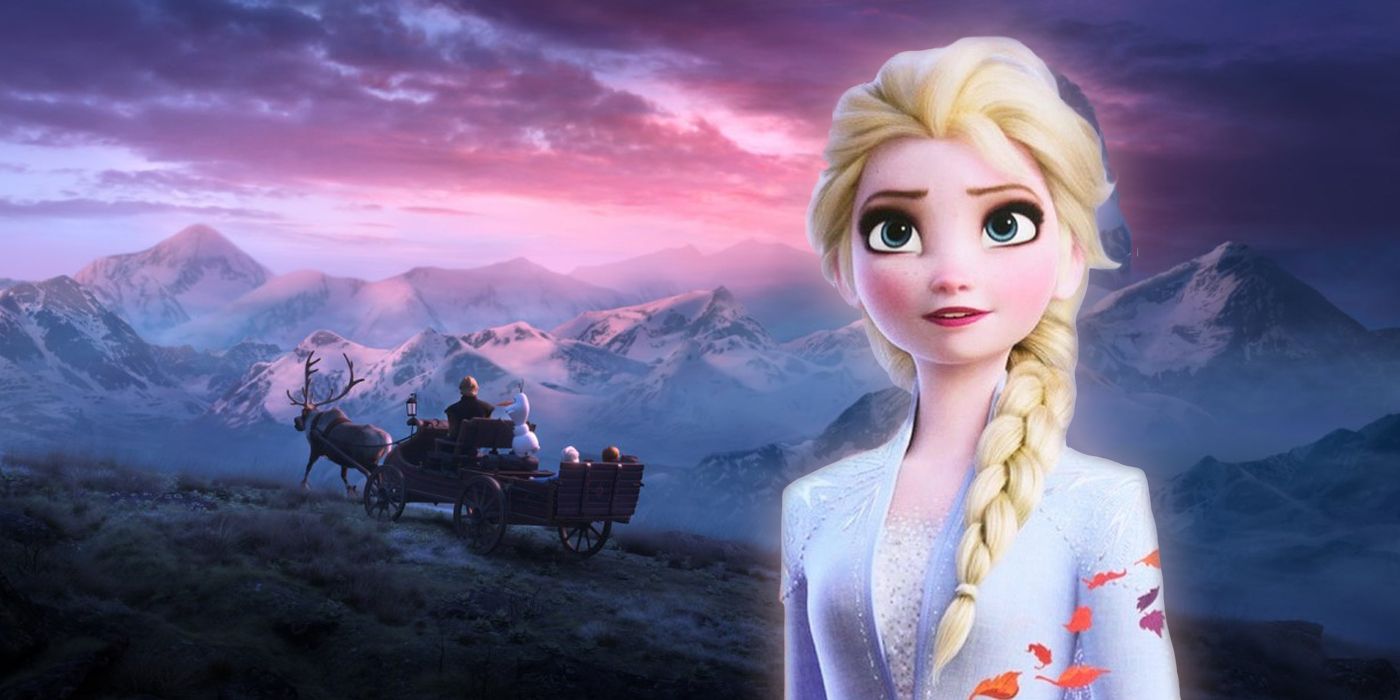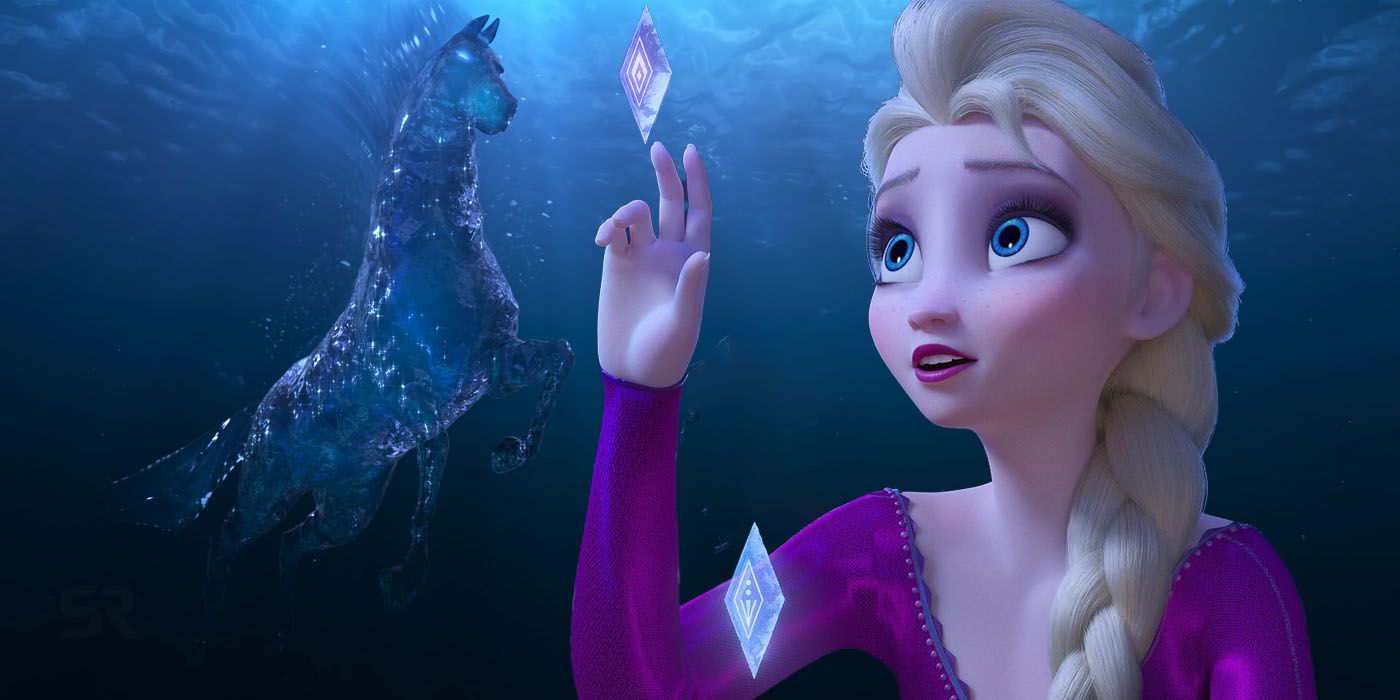What does Frozen 2 get wrong and right about Scandinavian mythology and culture? Disney's animated franchise began in 2013 and introduced audiences to the kingdom of Arendelle. In a general sense, Frozen 2 gets a lot right about Scandinavia. The cultural aspects of Arendelle specifically are quite accurate. But, the accuracy of Frozen 2's portrayal of Scandanavian history and folklore is a different story.
The home of Anna and Elsa is a fictional location made for the purposes of the magical world of the Frozen franchise, but Arendelle and its people are based on the Scandinavia region of northern Europe, which encompasses Denmark, Norway, and Sweeden. Both entries in the franchise nail the accents of the region, the usual attire of those who live there, architectural details like stave churches, and specific geographical designs like fjords. Frozen 2 goes a step further by introducing calls known as kulning. The high-pitched herding calls are a tradition in Scandinavia and are featured as the noise that calls Elsa to Ahtohallan.
Frozen 2 also correctly uses the Sámi people as the basis for the Northuldra tribe of reindeer hunters. The Northuldra have been trapped in the Enchanted Forest for decades, similarly to how the Sámi people have seen their traveling abilities restricted. They've always lived in northern European countries like Norway, Sweden, and Finland, but Norwegian farmers began to colonize the Sámi territory in the 15th and 16th centuries. Forced out of their homes, the Sámi became nomadic and had trouble freely traveling as country borders were established. They worked with Disney to make that story transferable to the experience of the Northuldra.
How Accurate Frozen 2's Mythology Is
Frozen 2 does a great job of accomplishing that goal, but it isn't quite as successful with the implementation of some Scandinavian mythology. The prime example of the mixed results is how Frozen 2 uses Nokk, the magic water horse. The spirit is traditionally an incredibly dangerous one in Scandinavian mythology, where it uses enchanting songs to lure women and children into water so they drown. Clearly, this is a dark concept for a family-friendly animated Disney movie to use, so Frozen 2 took liberties with how it brought Nokk to life. While the horse does serve as a challenge for Elsa to overcome, it ultimately is tamed by her and used as a mode of transportation.
So, Frozen 2 may not be perfect in what it does with Scandinavian mythology, but the respect it treats the culture is admirable. Knowing that Disney went to great lengths to ensure Scandinavia is accurately represented is an added bonus too, especially as the film dominates the box office to make the studio another $1 billion. And, with the movie being screened in a limited fashion in the native language of the Sámi, they are now able to experience Frozen 2 with an added layer of authenticity.


